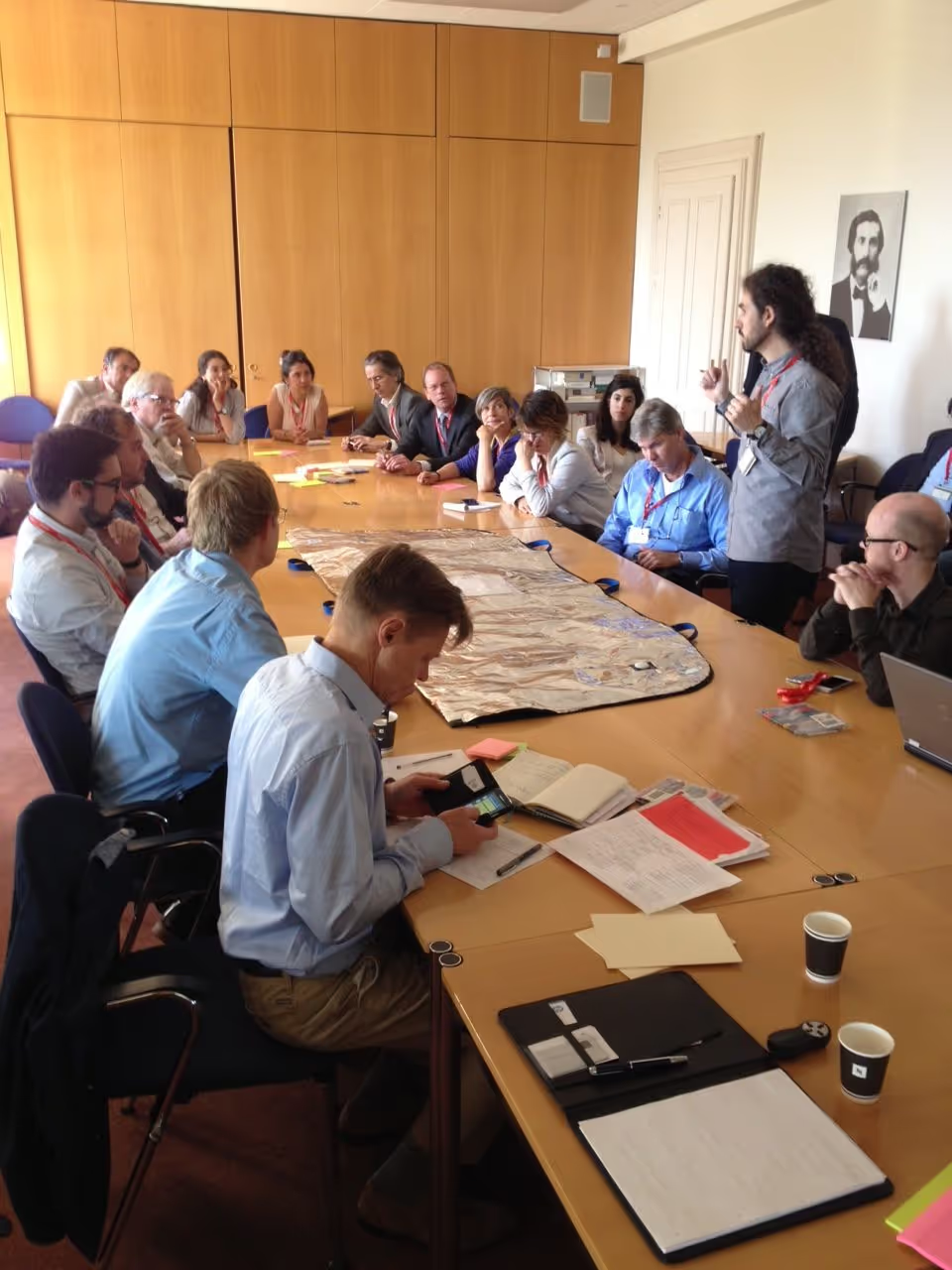The ICRC and the Better Body Bag - A partner’s perspective

The motivation from a Forensic standpoint
As one of the only humanitarian organizations with a dedicated forensics department, tasked with applying forensic science to address key humanitarian issues, the ICRC is often faced with helping to overcome distinct physical, legal, and potentially dangerous challenges in the field.
There is the constant problem of bodies decomposing rapidly, especially in many of the extreme conditions where ICRC staff work, such as conflicts or the aftermath of natural disasters. Currently available body bags are little more than plastic sacks that do nothing to preserve corpses.
Add to that the problem of retrieval – when hastily or clandestinely buried bodies must be exhumed and identified before reburial – during which remains are exposed to the air, accelerating the decomposition process and loss of information that may be valuable for identification.
ICRC forensic anthropologist Annuka Bathija believes that the answer to many of these challenges lies in the vacuum-sealed, temperature-controlled ‘Better Body Bag’ – currently in the final stage of development.
Bridging knowledge gaps
The Innovation Team assisted in bringing together experts from the ICRC with academics and the private sector (including industrial chemicals company DuPont which provided working space at its Geneva Innovation Center) to create what quickly became dubbed the Better Body Bag.
The solution, arrived at through different iterations, involves a tougher material and more robust design to withstand field conditions a thermal reflective layer similar to an emergency space blanket to moderate temperature a built-in vacuum seal with valve and pump to prevent air getting in an interior lining of super-absorbent cellulose that works like a disposable diaper to prevent leakages and the incorporation of scannable radio-frequency identification (RFID) chips that allow each bag to be identified via a unique code, even after burial.
The team manufactured the first 100 prototypes, sending 40 to Thailand for field testing with pig carcasses as proxies for human remains.
“Certain elements have changed over time from the first prototype: the placement of the closing mechanism, the closing mechanism itself, the super absorber pad location and capacity, and the handles,” Bathija says. “Having an idea is one thing, but making it a reality is another.”
The latest prototype is due to undergo a final round of tests, this time using donated human bodies, before deployment to the field. Its designers are confident that the Better Body Bag will live up to its name, and expectations.
Innovation in the humanitarian sector
The Better Body Bag is a typical story of product innovation: it is a long-haul journey that calls for different stages and iterations. It brings up issues of investment, capacity, Intellectual Property, and commercialization, just to name a few. For the ICRC and beyond, these are becoming ever more critical today as the demand for new partnerships and products continues to grow, alongside different distribution models offering entry into untapped markets and increasing access for the most vulnerable.
Note:
This blog post is was first published in ICRC’s own blog and has been republished here with minor edits.
Image Credit: SSRA
Stay updated
Sign up for our newsletter to receive regular updates on resources, news, and insights like this. Don’t miss out on important information that can help you stay informed and engaged.
Related articles
.png)


Explore Elrha
Learn more about our mission, the organisations we support, and the resources we provide to drive research and innovation in humanitarian response.